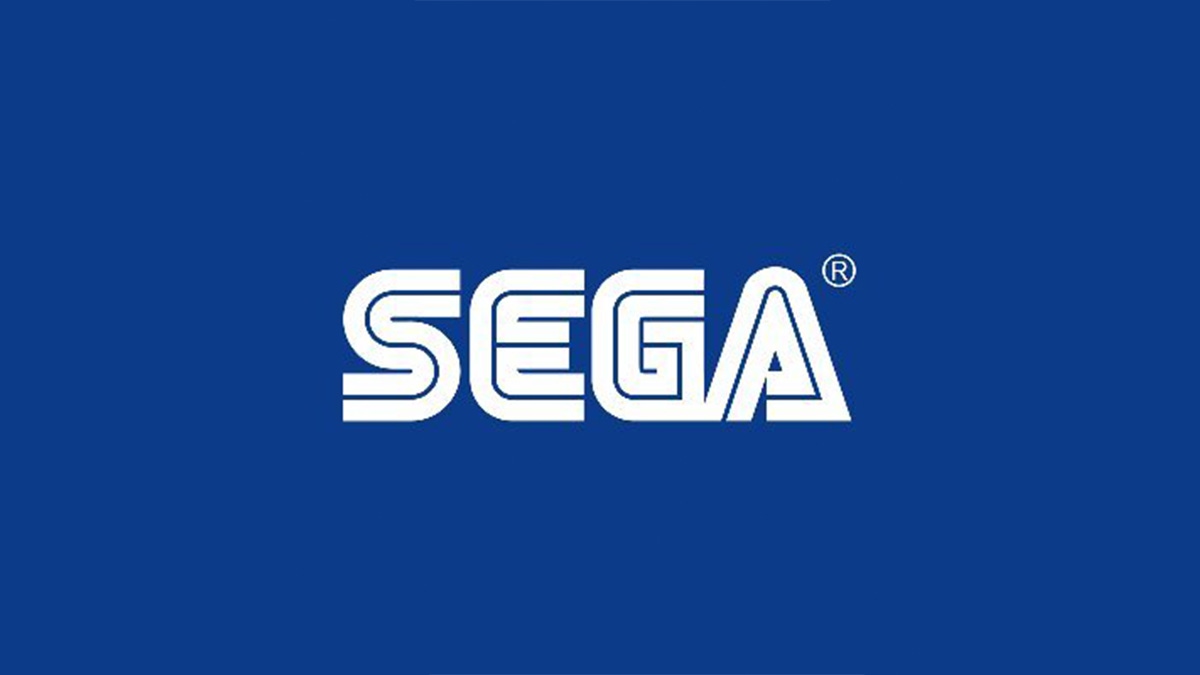1996 Sega documents reveal Sony hostility, strained US-Japan relations
Mismanaging the Sega Saturn and a splash of overconfidence towards Sony eventually led to Sega being put on the backfoot once the Nintendo 64 came around.

Documents from Sega of America (SoA) dated back to the mid-90s have been released to the public. Originally spotted by PCGamer, the 272-page PDF provides insight on the developer's business during that time, particularly as it relates to the Sega Saturn console.
The successor to the Sega Genesis came to North America in 1995, and the PDF features several emails from then-SoA CEO Tom Kalinske. Several of his emails show that though consoles have changed over the decades, business moves made by console makers certainly hasn't.
One email, for example, goes into what kind of person should be featured in ads for the Sega Saturn so audiences could better identify with them. At one point, Kalinske talks about finding a way to pre-empt a claim from Nintendo about its then-upcoming Nintendo 64 console being "the Ultimate Game Machine."
Similarly, part of the key strategy for the 1997 fiscal year was to position the Saturn as a "high-tech console. [...] Make Sega web-site leading, cool, best place to visit on Internet, develop Internet games."
The '90s were around the time that the console wars really became a marketing tactic, and in Japan back then, the Sega Saturn was noticeably taking off in Sega's home country. Kalinske noted in emails that the Saturn was selling out in Japan so fast that retailers couldn't accurately determine its sales rate.
"In every store in Japan...there are stacks of PlayStation," Kalinske wrote. "I wish I could get all our staff...to see and understand what's happening in Japan; they would then understand why we will win here in the U.S. eventually."
Sega's North America and Japan divisions were divided on the Saturn
Through those emails between Kalinske and other Sega staff, it becomes evident that SoA and Sega of Japan (SoJ) were at an impasse on the Sega Saturn after its initial release. That mismanagement of the system has been brought up plenty of over the years, and the emails illustrate how tested things had become.
One page focused on Sega's communication issues notes SoA lacked access to producers from both its own division and SoJ. In turn, that meant media coverage (of the Saturn console and its games) was extremely limited on both sides.
There were several things that SoJ needed to finalize for the console, such as its technical specs, a lookalike model for package design in North America, and a working prototype system for E3. Likewise, creating its internet-related peripherals were something SoJ said it "could not guarantee" to arrive before the holiday season.
"SoJ is trying to produce 28.8K Internet peripherals from late Summer, so that SoA can sell them for Christmas," noted one SoJ employee. "[We have] just started developing, and no one [here] knows the real production schedule," noted one SoJ employee. "SoA can not have Internet peripherals in July."
Even among staff in North America, there was a sense of disarray. When talking about the "limited marketing budget" to Kalinske, an SoA staffer plainly stated: "[You're] going to hear this a lot this year, so you need to realize. When we cut every corner, there isn't much left."
The full 272-page PDF can be read here. It features other details of interest such as canceled Sega Saturn ports for Shenmue and Jurassic Park, changing the marketing plans for Nights following the release of PlayStation's Crash Bandicoot, and the scrap value of the Sega 32X.
About the Author(s)
You May Also Like







.jpeg?width=700&auto=webp&quality=80&disable=upscale)








